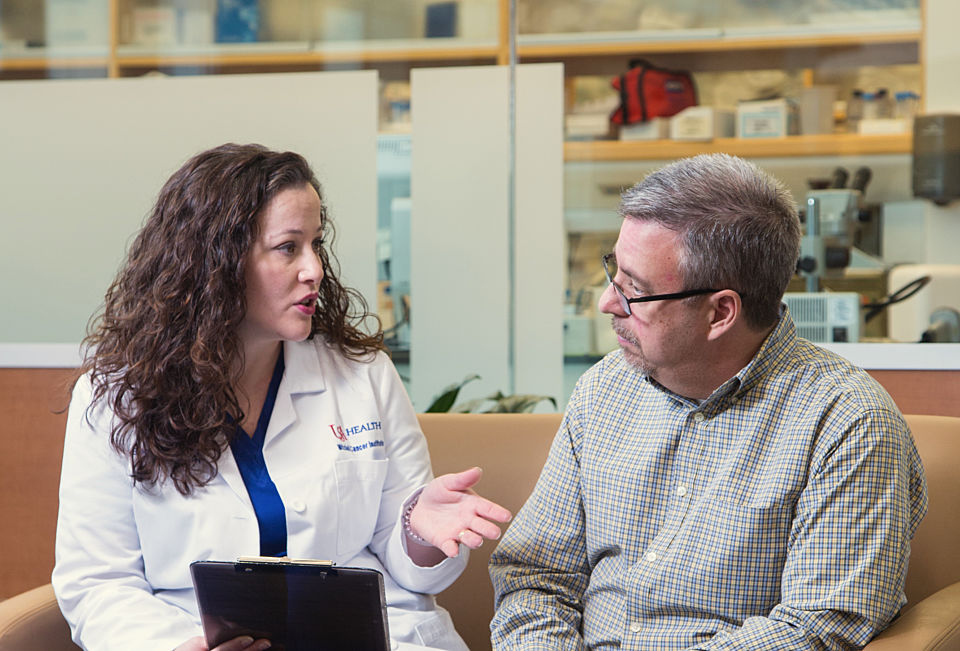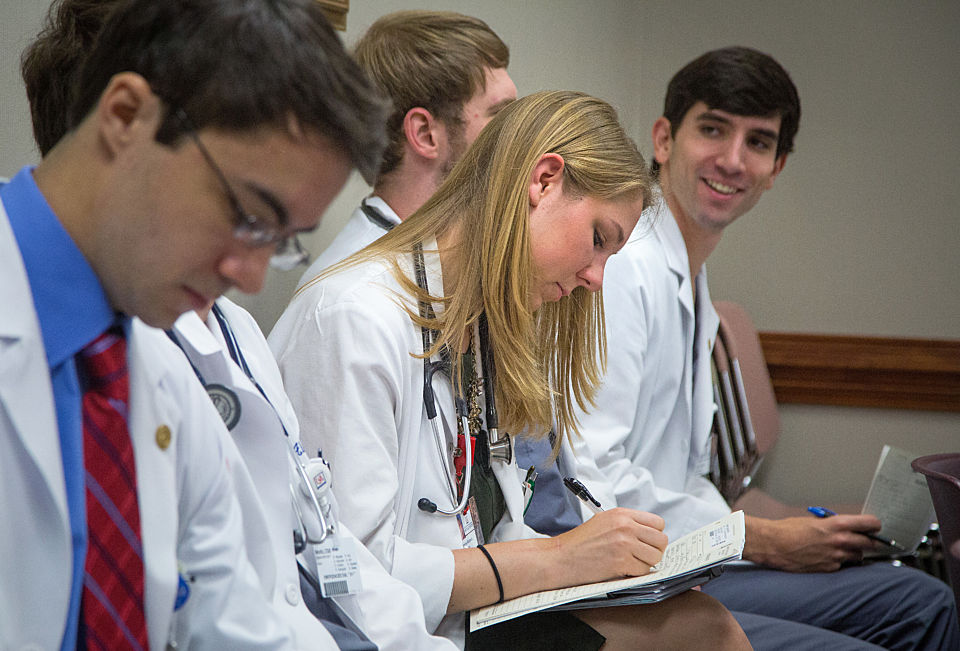USA Health Cardiac Catherization Lab
At the USA Health cardiac catheterization lab, we diagnose and treat people facing a variety of heart conditions. Patients receive evidence-based heart care. Due to breakthroughs in medical technology, more and more patients now undergo minimally invasive procedures rather than needing open-heart surgery.
Innovative Radial Approach
Conventional catheter intervention takes place through the femoral artery (in the leg). However, this procedure requires that patients lie flat on their backs for four to six hours after the procedure and may increase the likelihood of a negative outcome. USA Health specialists have pioneered a radial approach (through the arm) that we now use for about 90 percent of our procedures. With this innovative method, recovery time is shorter, and the risk of complications is less. In fact, patients can get up, walk around and eat almost immediately following the procedure.




